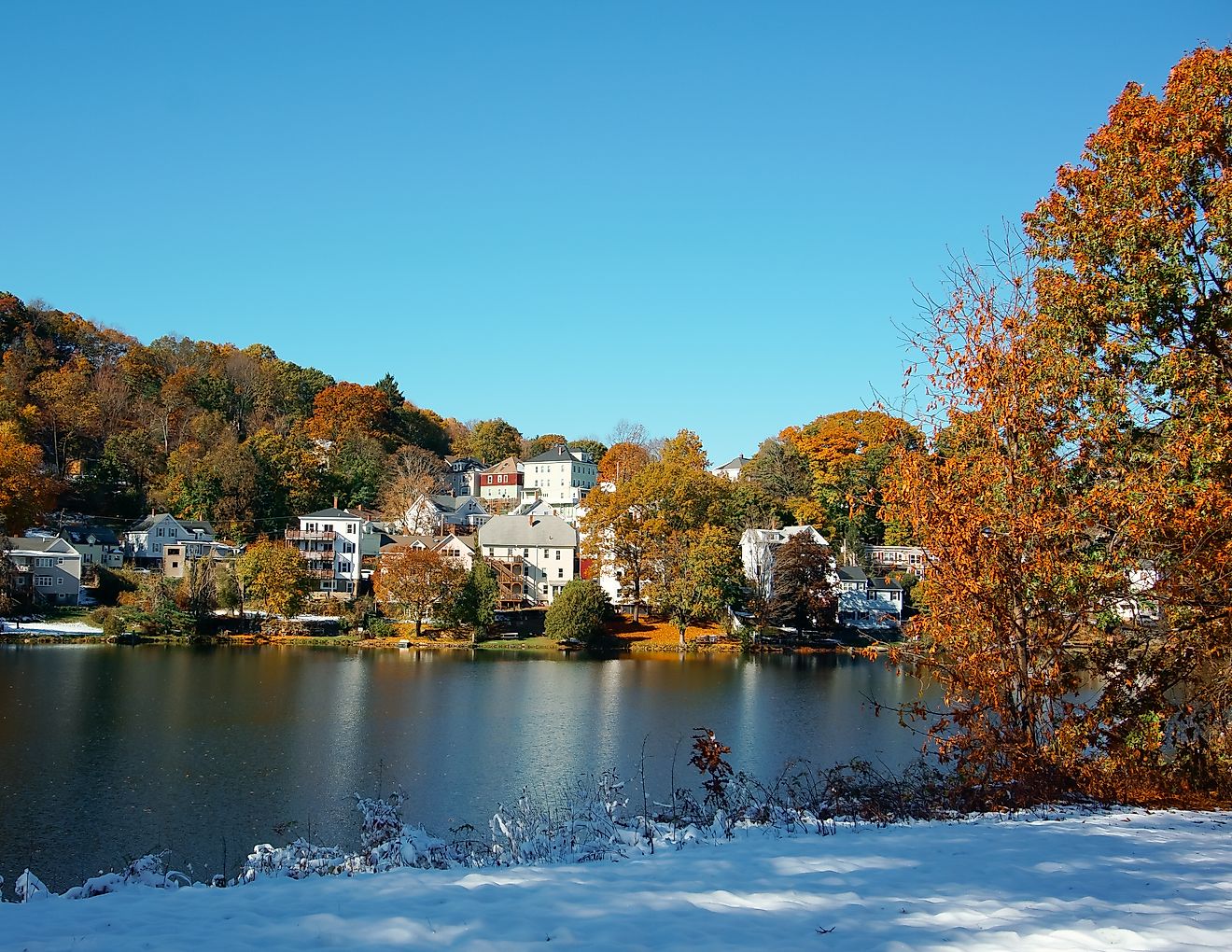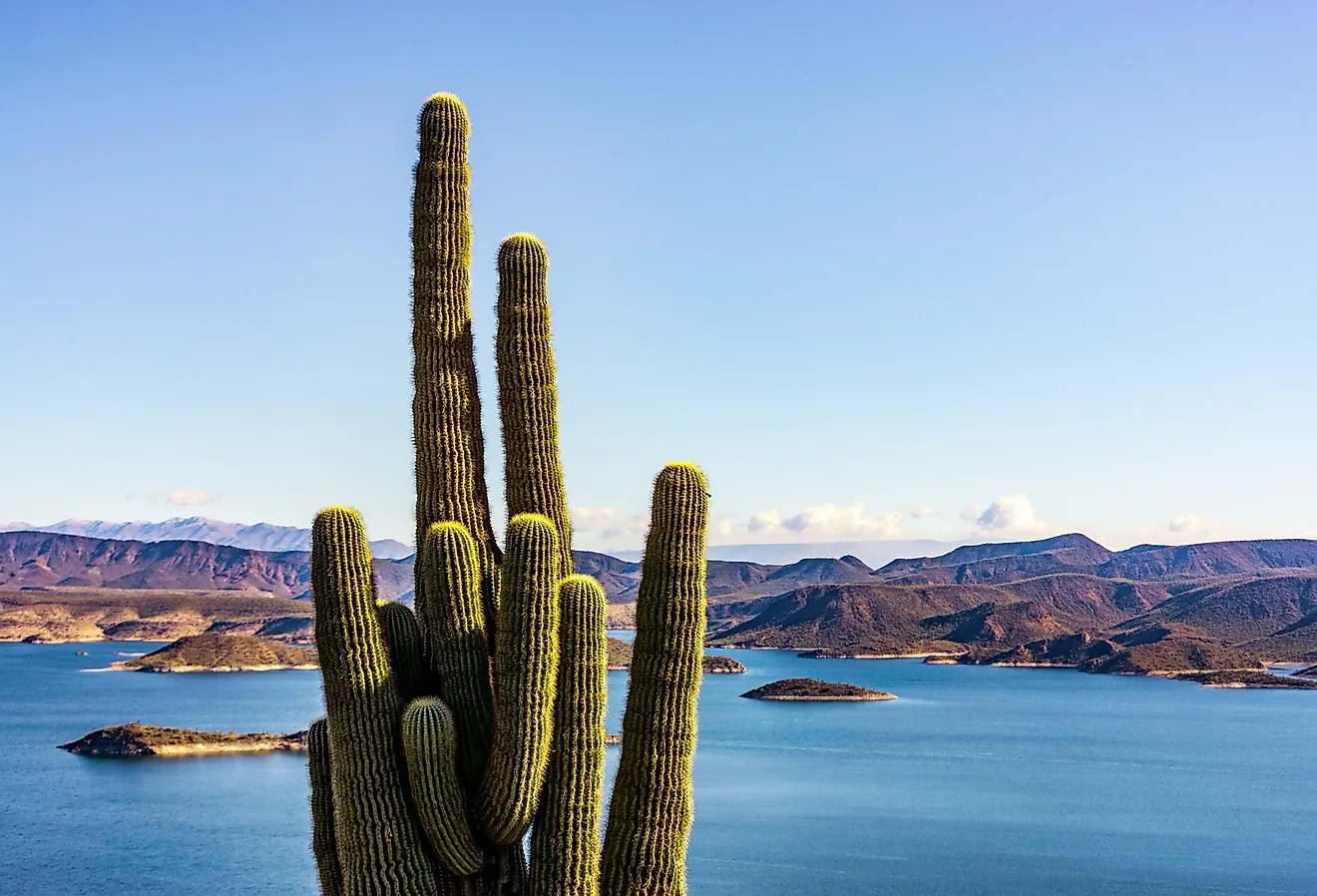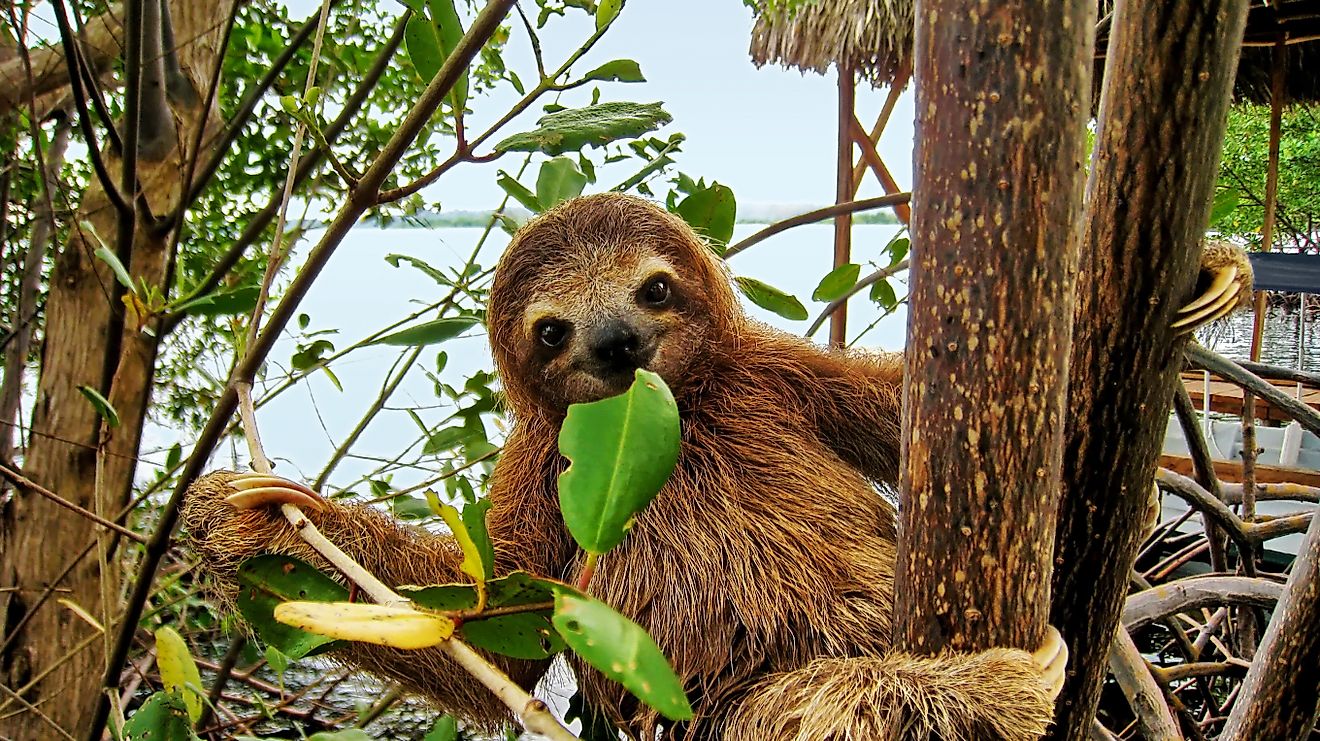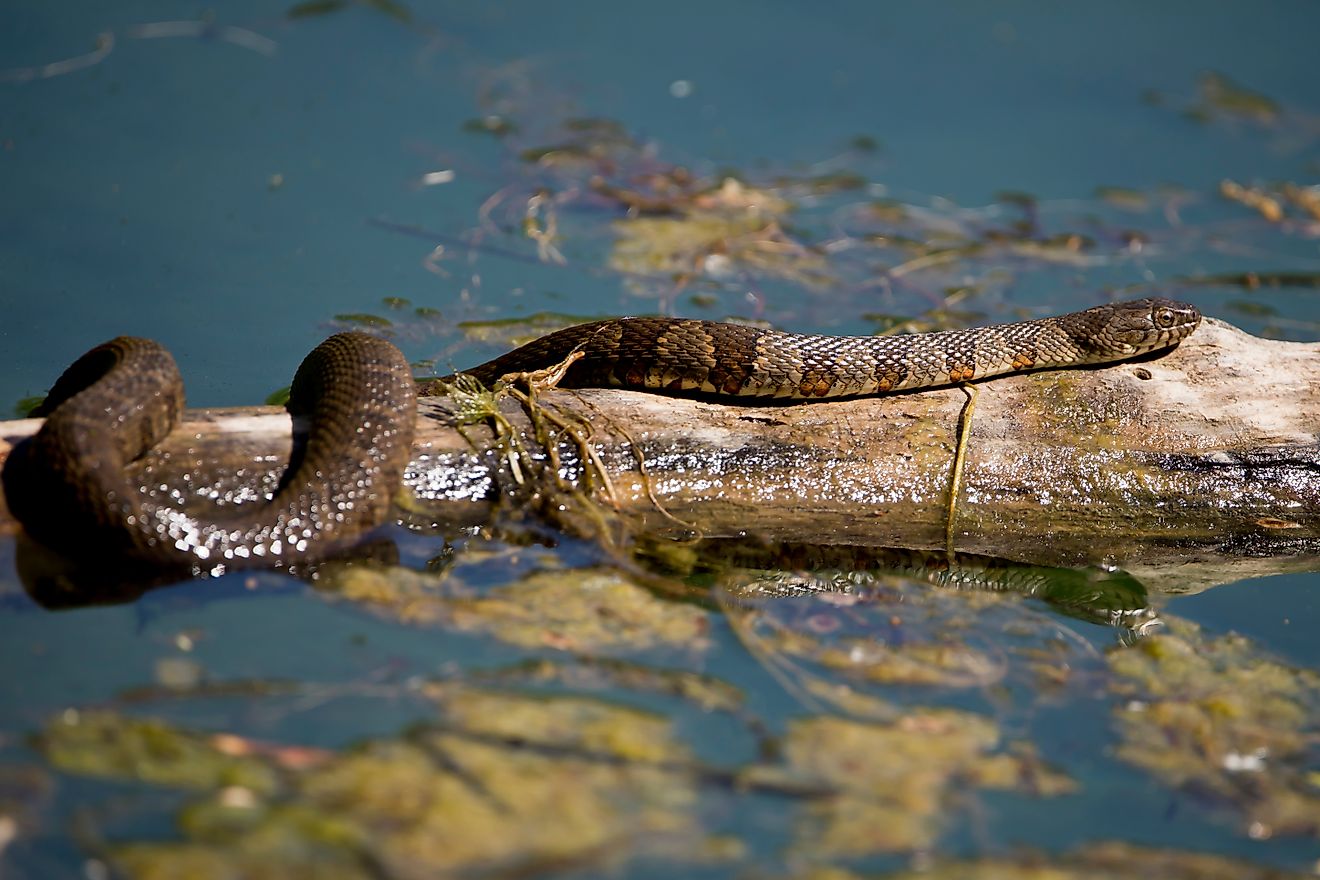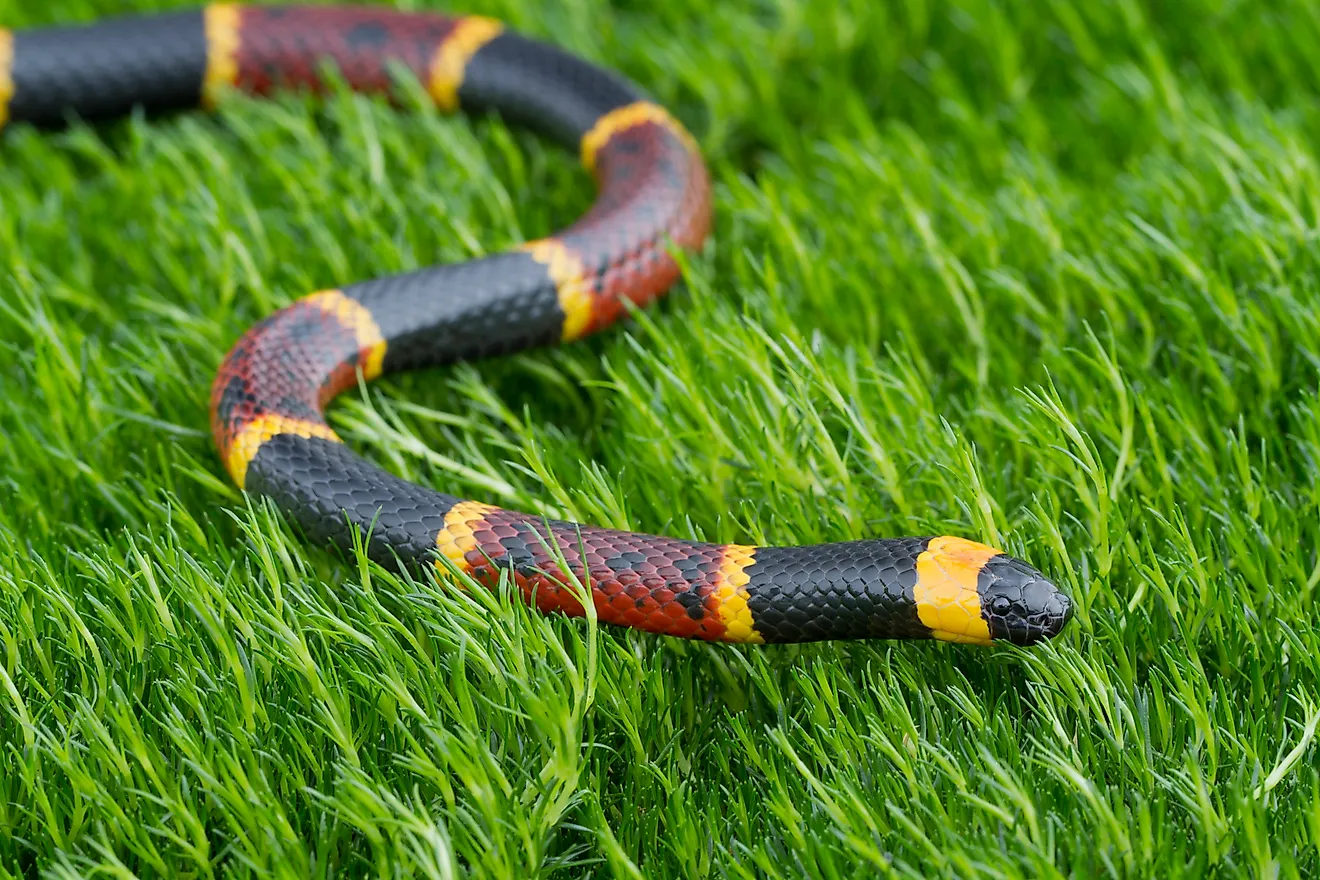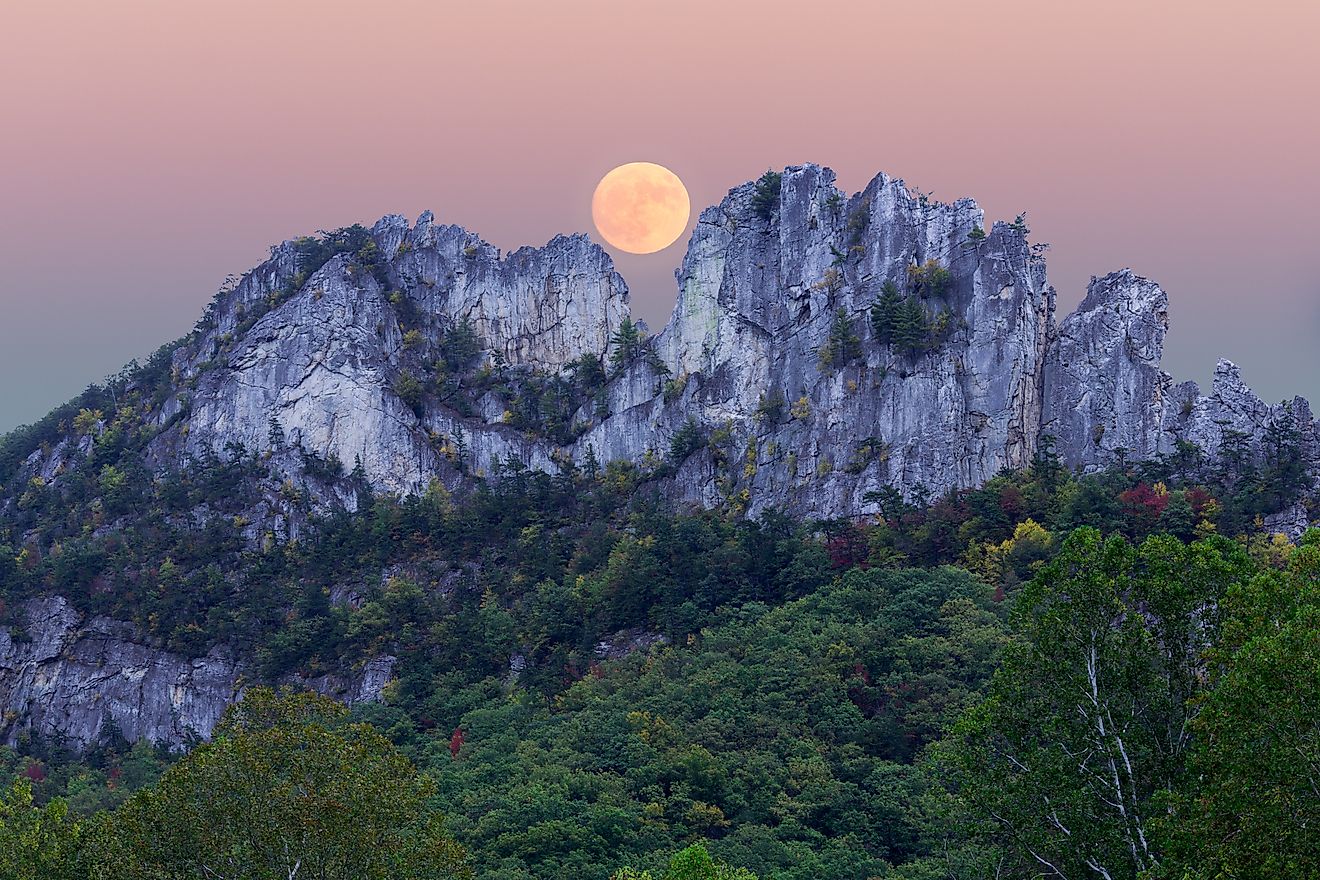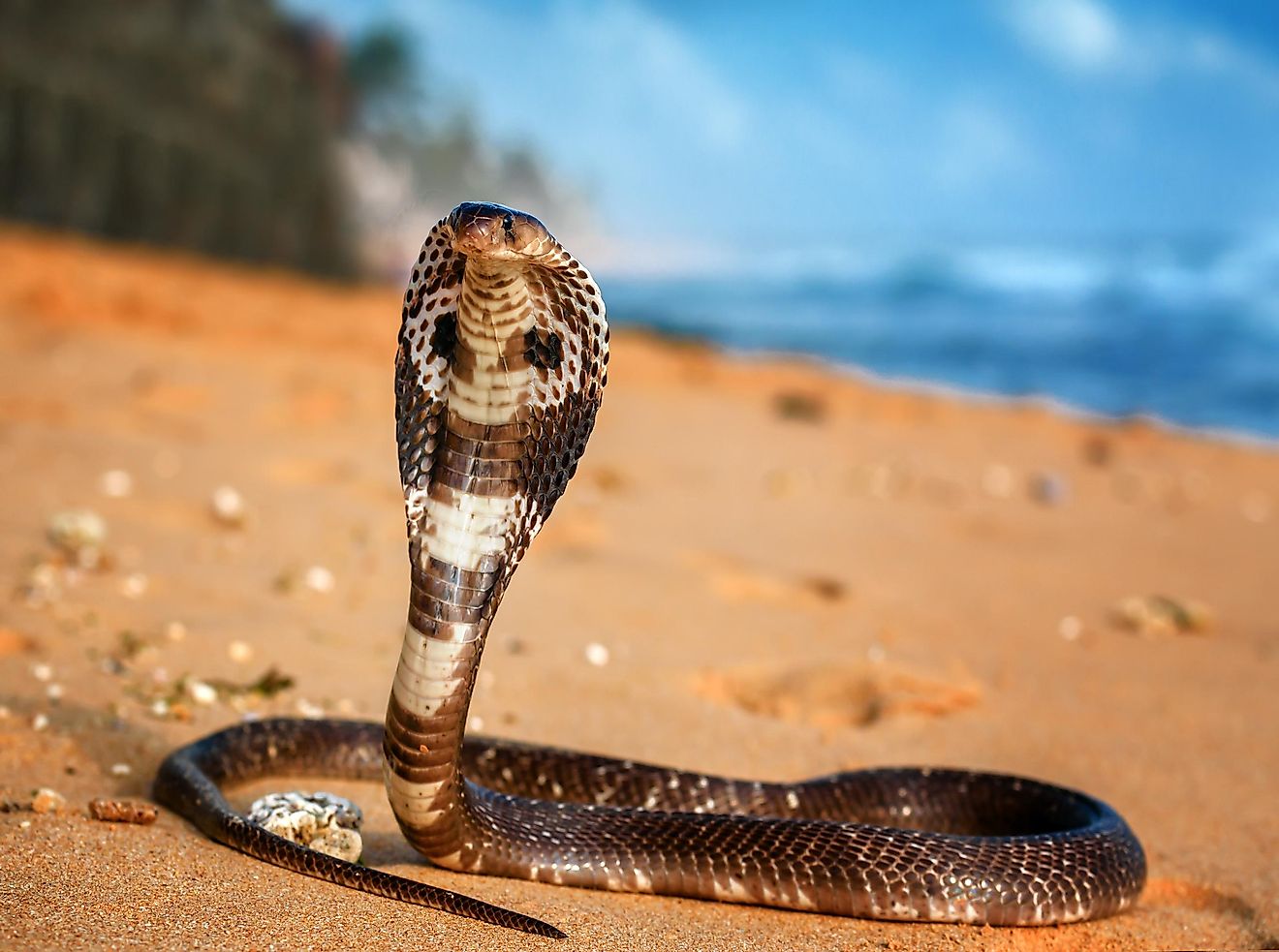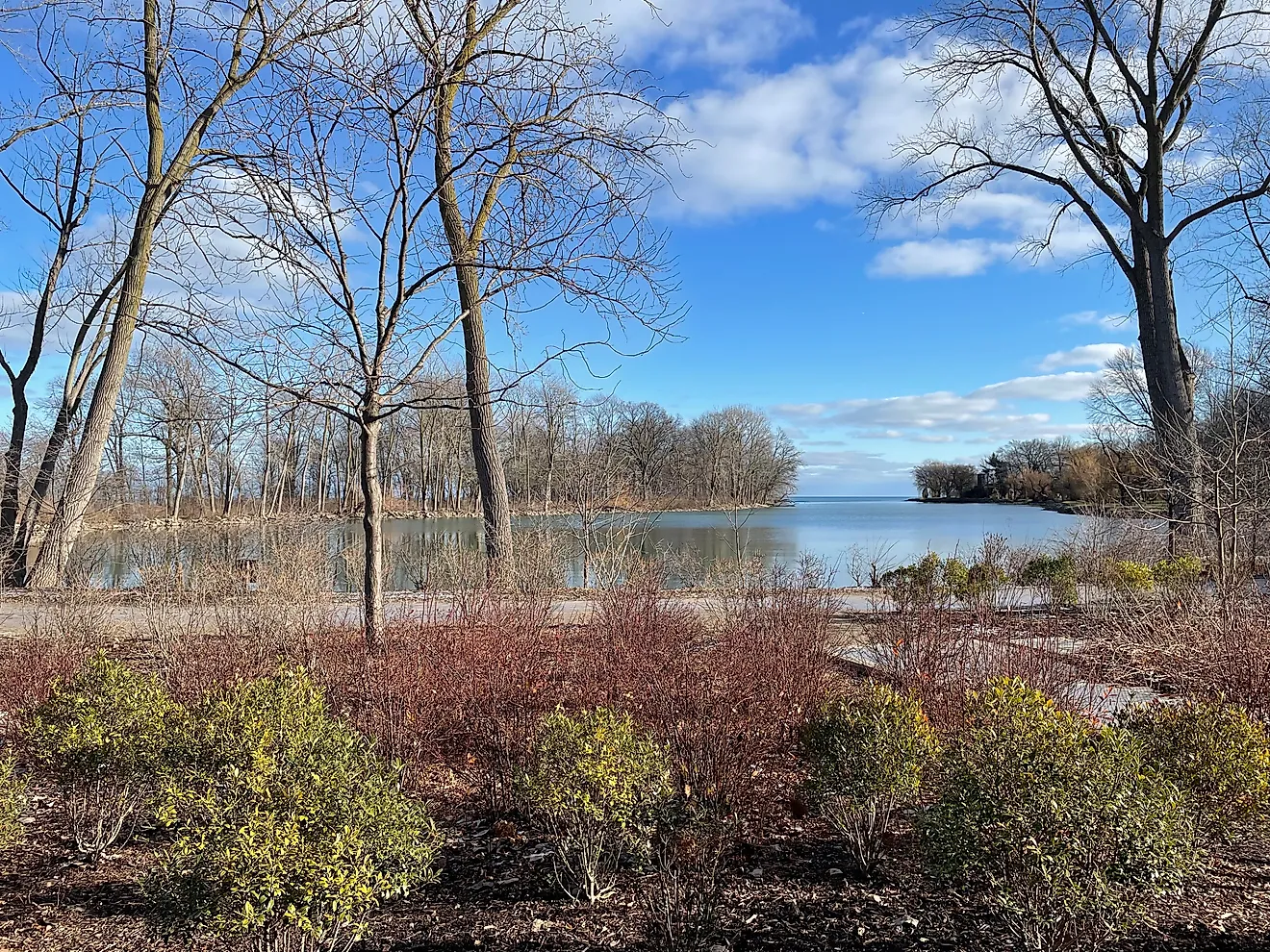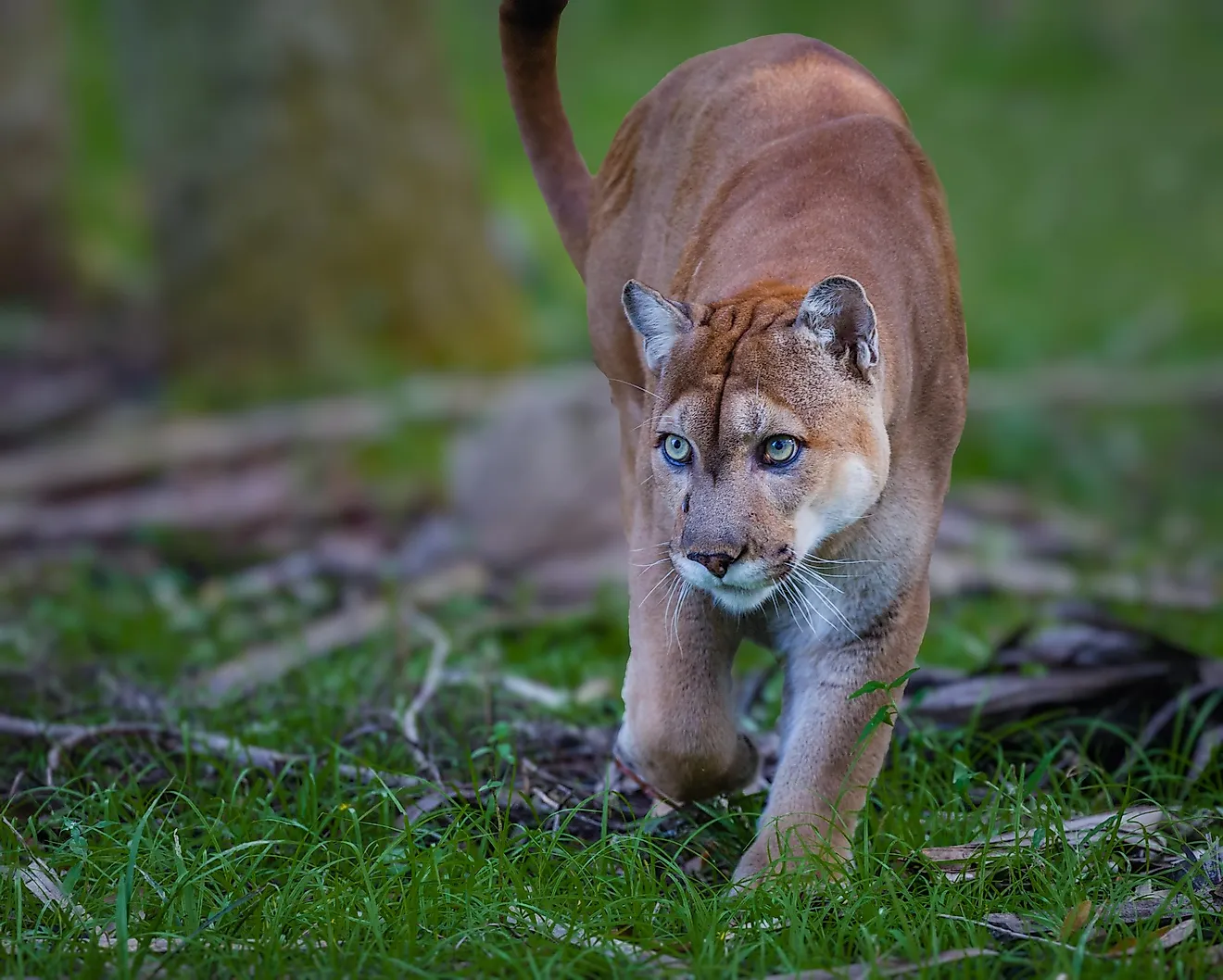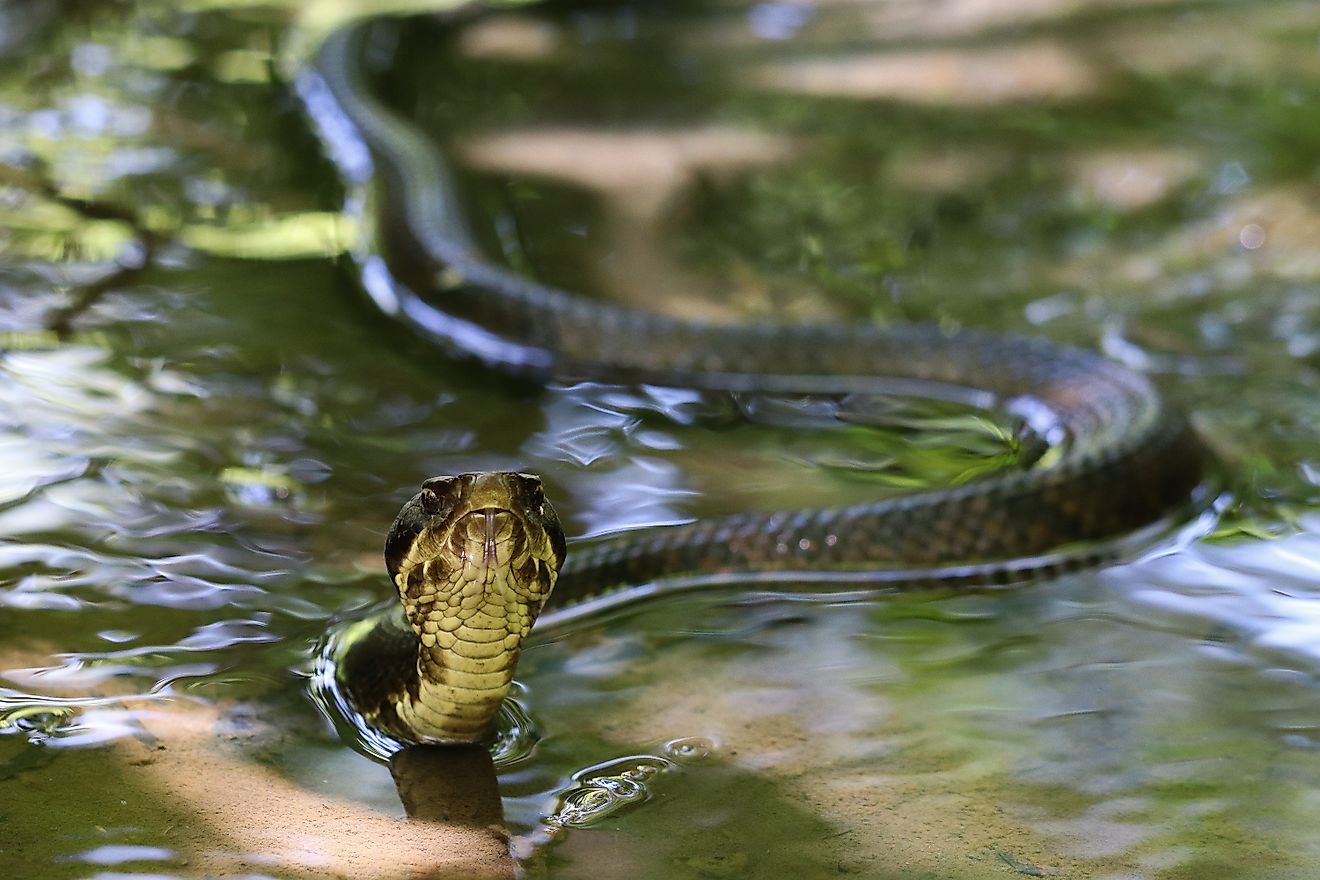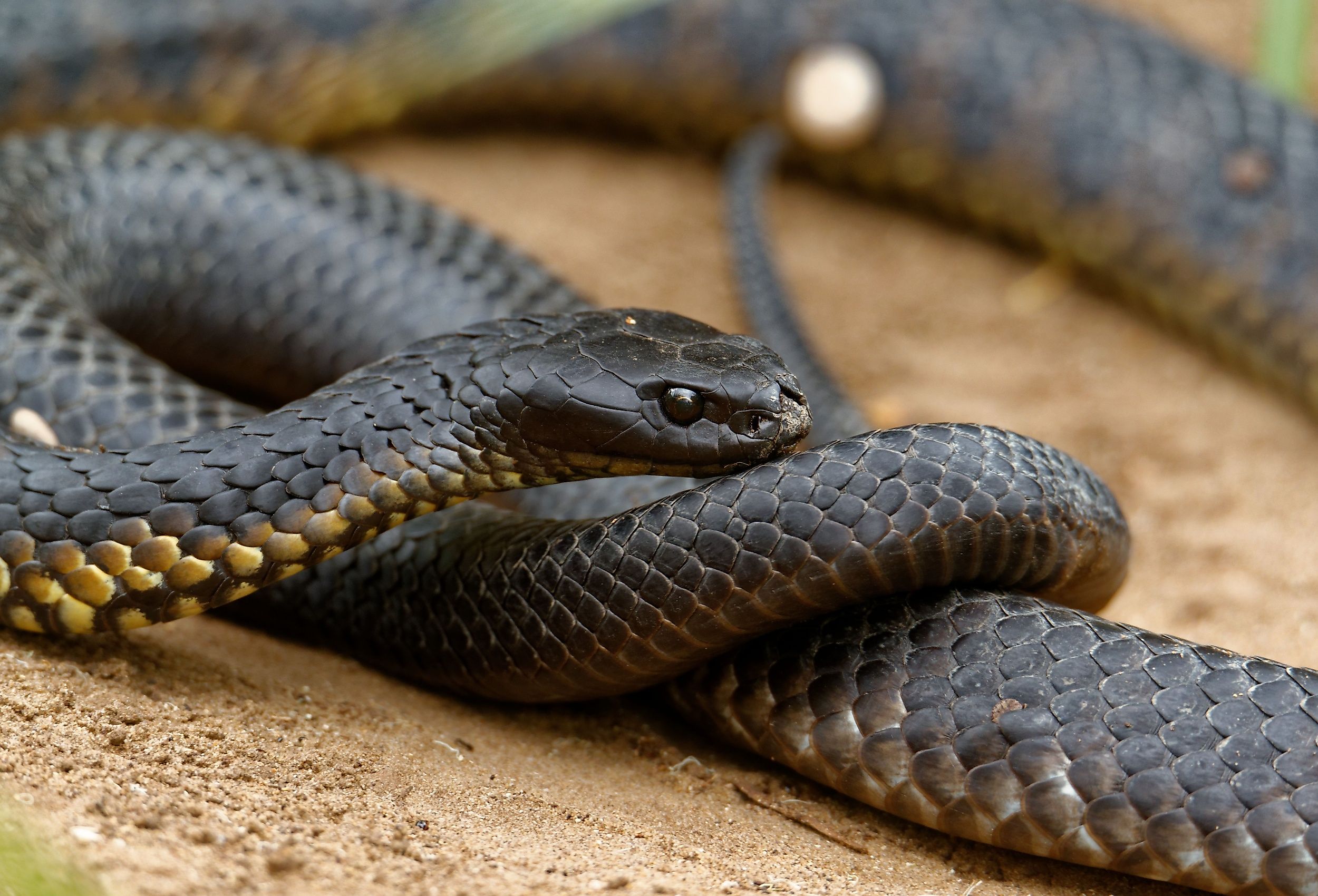
The Venomous Snakes Of Tasmania
Tasmania is an island of wild contrasts, where towering mountains meet secluded beaches and ancient forests stretch as far as the eye can see. While its landscapes captivate with their untouched beauty, the island is also home to three venomous snakes that can send a chill down the spine. The tiger snake, copperhead, and white-lipped snake are found in various habitats across Tasmania, from the coastal reaches of Wineglass Bay to the cooler forests near Mount Field. For those eager to explore the island’s natural wonders, understanding these snakes is key to appreciating the wild, untamed spirit of Tasmania.
Tiger Snake
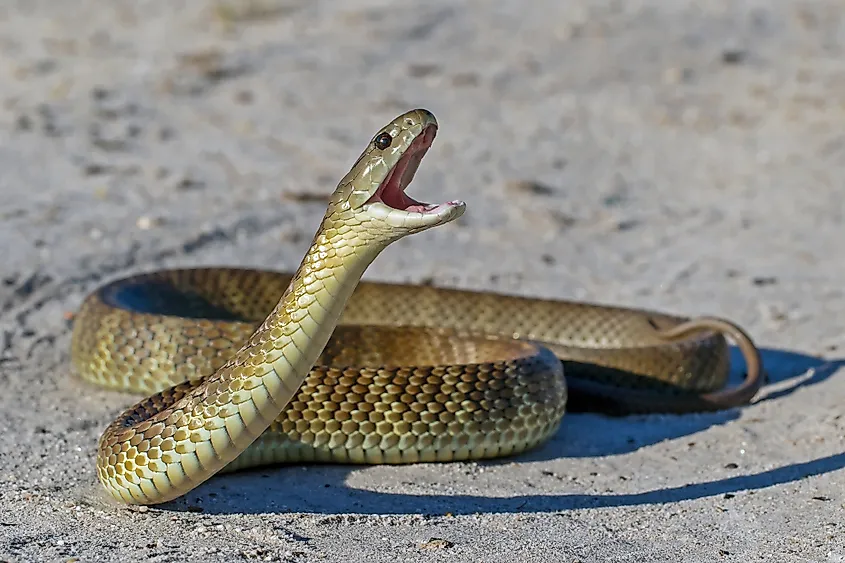
The tiger snake (Notechis scutatus) is one of Tasmania’s most iconic and venomous reptiles. Recognizable for its striking, banded pattern, this snake is often found in coastal areas, wetlands, and near freshwater sources and will frequently take refuge beneath felled trees or piles of vegetation. Be aware that Tiger Snakes can be adept climbers and may be found as high as ten meters above ground. The tiger snake’s venom is potent and can be fatal without prompt treatment, though bites are rare given the snake’s generally shy nature. Visitors to Tasmania may encounter tiger snakes while exploring regions like the Freycinet Peninsula, where the rugged landscape provides the perfect habitat for them. They are more active during the warmer months, particularly in late spring and summer and despite their fearsome reputation, tiger snakes prefer to avoid human contact. That said, It is always wise to stay alert, watch your step, and remain on marked trails.
The Copperhead Snake
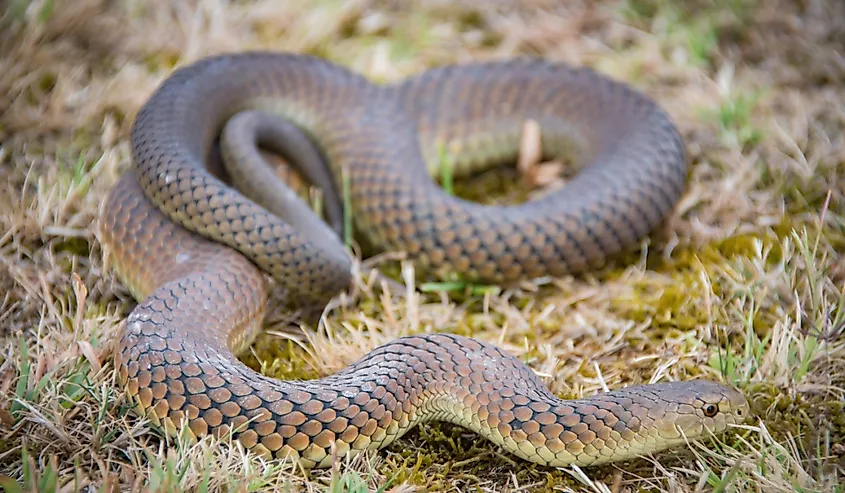
The Copperhead (Austrelaps superbus) is known for its, well, copper head. These snakes are relatively docile in nature and less likely to engage with humans than the tiger snake. Copperheads are found primarily in Tasmania's cooler, more temperate regions, like the areas around Mount Field National Park and the Styx Valley. Their dense forests, bushland, and the edges of agricultural land, have a cooler climate and opportunities for Copperheads to lounge in undergrowth or rocky outcrops, particularly when disturbed. Interestingly, Copperheads are among the rare snakes that are ovoviviparous - which means that their young gestate in eggs like normal snakes, however, the mothers never lay the eggs. They instead carry the eggs inside their bellies, which then hatch inside the mother, after which the mother “gives birth” to the young, then discards the egg.
This snake's venom is potent, though bites are extremely rare. Visitors trekking through Tasmania’s wilderness, especially along the forested paths in the Tasmanian Wilderness World Heritage Area, should always be cautious when stepping over rocks or brushing through thick undergrowth. The beauty of these areas lies in their seclusion, but it also means that wildlife—including the copperhead—thrives here undisturbed.
The White-Lipped Snake
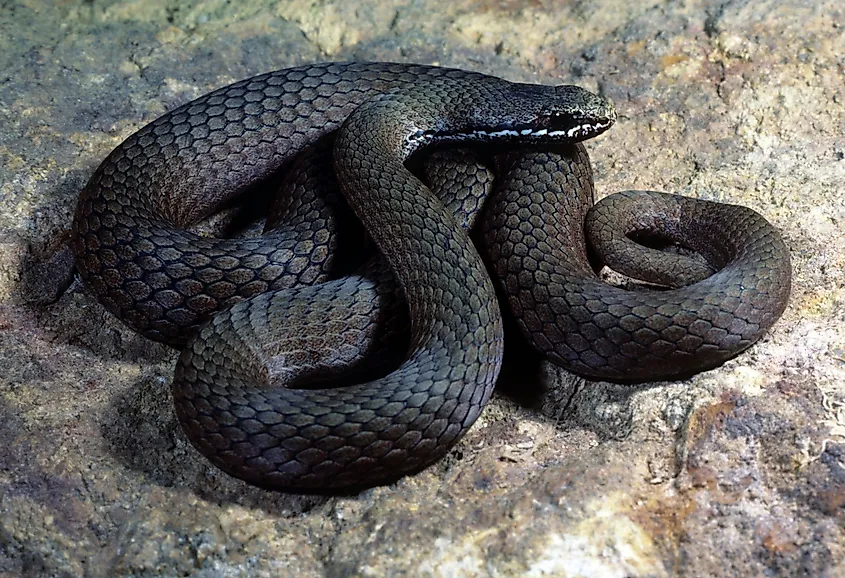
The white-lipped snake (Drysdalia coronoides) is the smallest of the venomous snakes found in Tasmania, measuring in at a modest 0.5 meters, but it should not be underestimated. This shy and nocturnal species is often overlooked by visitors. It can be found in various habitats, from coastal heathlands to forests and It is most commonly encountered in Tasmania’s remote and quieter regions, such as the forests surrounding the Bay of Fires. The white-lipped snake, unsurprisingly, gets its name from the distinctive white stripe that runs along its lip.
This snake is more likely to be found hidden under fallen leaves or logs, visitors are advised to watch where they place their hands and feet, particularly when exploring the forest floor. Although its venom is not as potent as that of the tiger or copperhead snakes, the white-lipped snake is still dangerous and medical attention should be sought immediately in the event of a bite.
Conclusion
In the end, Tasmania’s venomous snakes are just one aspect of the island’s rich and diverse ecosystem. Whether you are wandering through the serene forests of the Tarkine, hiking the rugged peaks of Cradle Mountain, or simply enjoying the coastlines of places like Bicheno, the presence of these snakes speaks to the island’s untouched wilderness. While encounters with them are rare, staying alert and respecting their habitats ensures a safe and exhilarating adventure in one of Australia’s most remarkable corners.
